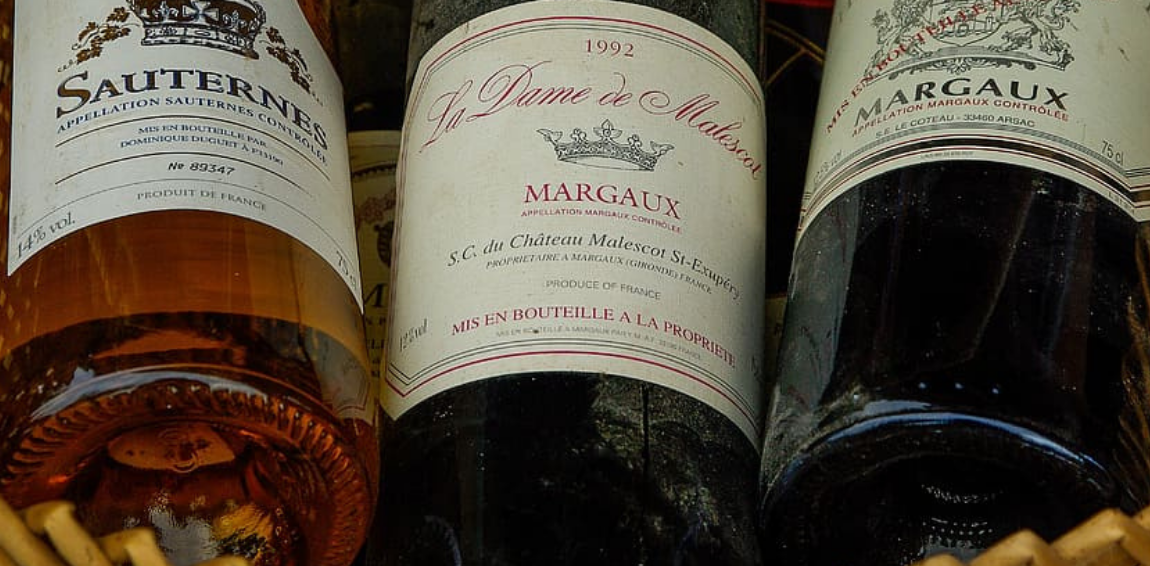Whether you’re a white wine person or a red wine person, you’ve probably noticed that there is an indent on the bottom of wine bottles. Perhaps you’ve wondered why they are there, or maybe you’ve tried to find the answers for yourself.
Regardless, there is a reason why the wine bottles have ridges, and it’s a relatively long story since wine and wine bottles have been around since its origin in 6,000 B.C.

Most of us know what a wine bottle looks like. It’s got a cork, a neck, the shoulder, the body, and a heel. But at the very bottom is the cone-shaped indent. This is known as the punt.
According to Reader’s Digest, Nicole Kearney, Vintner and Founder of Sip & Share Wines, said, “The bottles all have 750ml. The three standards are Burgundy, Bordeaux, [and] Riesling. However, they come in various designs and colors used to identify the type of wine contained in the bottle.”

Normally, the structure of a wine bottle stays the same across the board. However, the punt is the one that can vary in shape and size, as well as width and depth. Punts are found almost on all wine bottle around the world, and the reason for the punt is for pouring purposes!
The punt’s shape allows a sommelier to pour from the bottom of the bottle rather than holding onto the neck or body of the wine bottle. Pretty cool, right?
As Alicja Podgorska, Director of Supply Chain for Precept Wine, explained to Reader’s Digest, “Historically, punts were used by glassblowers to push up the seam and ensure the bottle could stand upright.”

Podgorska added, “It also prevented any sharp glass at the bottom of the bottle from protruding out. Some believe that the punt helped support the bottle’s structural integrity.”
But who decides what a wine bottle’s punt is going to look like? Well, it all is dependent on the wine’s producer and manufacturer, as well as what the latest technology is.
So, if you happen to see a wine bottle that doesn’t have much of a punt or entirely lacks a punt there is no need to be alarmed. That was probably just a manufacturing choice.













